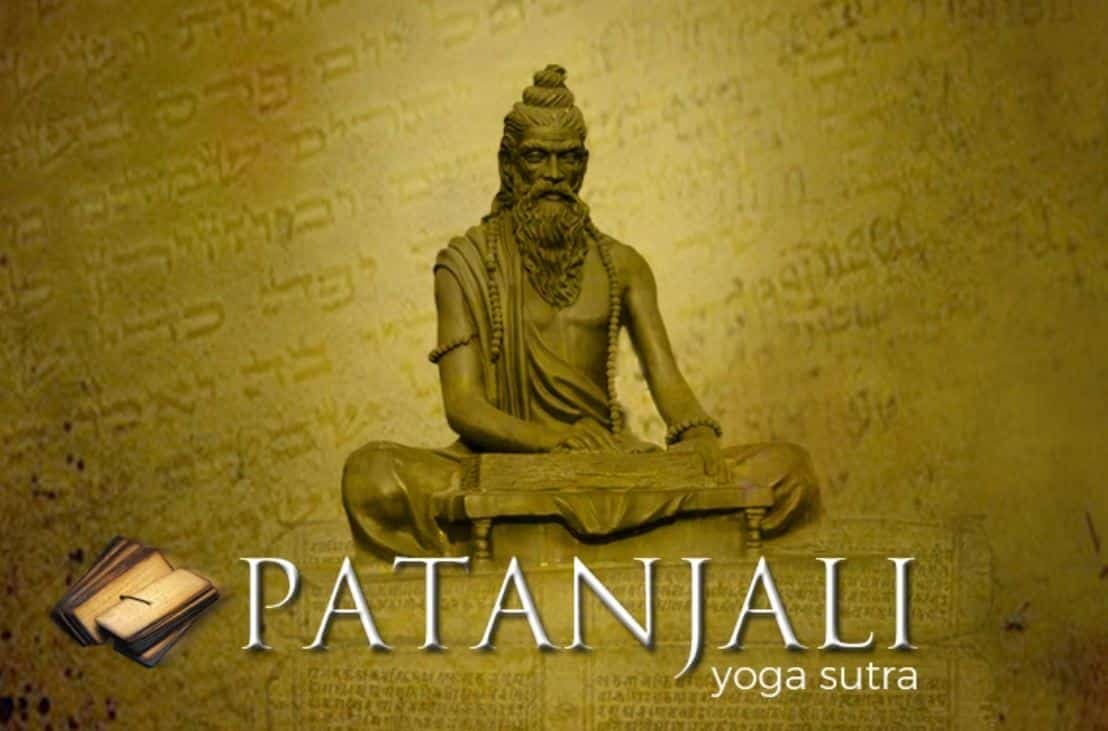The name Patanjali is synonymous with yoga, and rightly so. Patanjali was an ancient Indian sage who is credited with the foundation of the practice of yoga. He is believed to have lived in India around 200 BCE and is the author of the Yoga Sutras, a collection of aphorisms that describe the practice and philosophy of yoga. The Yoga Sutras are still studied and practiced today and are considered to be the foundation of modern yoga.
Patanjali is believed to have been the son of a Brahmin father and a Kshatriya mother and was born in the ancient kingdom of Panchala. He was an ascetic and a yogi who devoted his life to the study and teaching of yoga. He devoted himself to the practice of yoga and is said to have climbed to the highest point in the Himalayas to meditate and gain spiritual insight.
The Yoga Sutras, which he is credited with writing, are a collection of 196 aphorisms that outline the eight limbs of yoga and the practice of yoga in general.
8 Limbs of Yoga
The eight limbs of yoga include the Yamas, Niyamas, Asanas, Pranayama, Pratyahara, Dharana, Dhyana, and Samadhi.
The Yamas and Niyamas are ethical and moral principles that guide the practice of yoga and include non-violence, non-stealing, non-coveting, purity of body and mind, contentment, self-discipline, self-study, and devotion to God. The Asanas are physical postures that help to bring balance and strength to the body, while Pranayama is the practice of breath control. Pratyahara is the practice of withdrawing the senses and focusing inward on the breath and body. Dharana, Dhyana, and Samadhi are the three stages of meditation.
The Yoga Sutras are still studied and practiced today and form the foundation of modern yoga. Patanjali’s philosophy and teachings have had a long-lasting impact on the practice of yoga and have been adopted by many different yoga schools and traditions.
Patanjali is also credited with writing the “Yoga-Bhasha,” a treatise on grammar. This treatise is said to have been written in the form of a dialogue between Patanjali and his teacher, the sage Vyasa. The Yoga-Bhasha is still studied and is the basis of modern Sanskrit grammar.
Patanjali is said to have been the teacher of many renowned yogis and sages of his time including Yajnavalkya, Gautama, and Uddalaka. He is also said to have been the teacher of Vyasa, the author of the Mahabharata, and of the sage Ashtavakra.
Patanjali’s teachings and philosophy have had a profound influence on the practice of yoga, and his Yoga Sutras are still studied and practiced today. He is revered as one of the great sages of India and his work is an important part of yoga history.
Patanjali’s Yoga Sutras provide a framework for the practice of yoga and are a valuable resource for anyone interested in learning more about the practice and philosophy of yoga.

